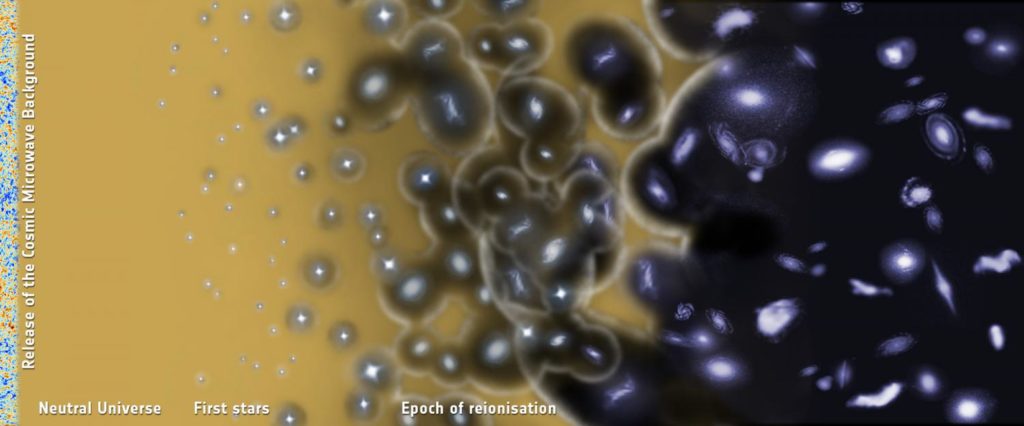In the realm of planetary exploration, Mars is often heralded as the prime candidate for human colonization. The appeal of the Red Planet stems from its proximity to Earth and the extensive body of research paving the way for its exploration. However, one significant concern facing future Martian expeditions is the pervasive issue of Martian dust. As we prepare for the eventuality of sending astronauts to Mars, it is vital to examine the implications and hazards posed by the Martian dust, particularly during dust storms that can envelop the planet.
Understanding Martian Dust
Every Martian year, which lasts about 686 Earth days, Mars experiences regional dust storms that coincide with summer in the southern hemisphere. These storms can grow in intensity and eventually merge to create global dust storms every three Martian years, which last for months and are visible from Earth.

These dust storms present a considerable challenge for both robotic and human missions, as the accumulation of dust can damage equipment, hinder visibility, and ultimately compromise mission success. Robots like the Opportunity Rover and the InSight Lander stalled in their operations during major dust storms, illustrating the potential dangers. These dust storms can lead to electrostatic discharges that interfere with electronics and impede solar power capabilities.
The Health Risks of Martian Dust
While dust storms pose operational challenges for missions to Mars, the health implications for astronauts are of equal concern. Recent research conducted by the Keck School of Medicine at the University of Southern California highlighted potential health hazards associated with Martian dust, particularly its composition and the physical effects it can have on human bodies.
Research Findings
The study led by Justin L. Wang demonstrated that Martian dust contains toxic elements that could pose respiratory and other health risks for astronauts. The key concerns from the study include:
- Respiratory Issues: Martian dust contains silica and iron particles that can be harmful when inhaled. The small size of these particles makes it difficult for the lungs to expel them, leading to increased risks of respiratory diseases.
- Exposure to Toxic Materials: Elements such as perchlorates, chromium, beryllium, arsenic, and cadmium may also be present in Martian dust, each of which has documented adverse health effects on humans.
Particle Size and Its Implications
The physical characteristics of Martian dust are particularly concerning; the average dust particle size is significantly smaller than those found on Earth. This fine dust can penetrate deeper into the lungs, exacerbating health concerns.
The study also discussed comparisons to previous human missions, such as the Apollo missions where astronauts experienced adverse effects from lunar dust, including coughing and throat irritation. These symptoms raise a red flag for potential similar risks faced by astronauts on Mars.
| Health Risks | Potential Impacts |
|---|---|
| Respiratory Diseases | Increased risk of conditions like pneumonia and silicosis. |
| Vision Problems | Increased risk of vision obscuration due to dust exposure. |
| Toxic Elements Exposure | Potential long-term health effects from various toxic metals present. |
“There are many potential toxic elements that astronauts could be exposed to on Mars. The hazards are compounded by the distance from Earth and the inability to provide immediate medical assistance.” – Justin L. Wang, USC
Preparing for Human Missions
As space agencies, such as NASA and the Chinese Manned Space Agency, prepare for human missions to Mars, understanding the specifics of Martian dust and developing thorough countermeasures are vital. This includes designing habitats that limit dust entry and utilizing advanced filtration systems to maintain clean environments.
In addition to environmental modifications, addressing potential health risks through preventative measures is critical. Some proposed countermeasures include:
- Limiting Dust Contamination: Engineers must develop habitats that prevent dust accumulation.
- Medical Prepping: Astronauts should be well-trained to recognize and treat dust-related illnesses.
- Preventive Nutritional Strategies: Certain diet supplements, like vitamin C, are being researched for their protective benefits against specific toxins.
The Path Ahead
As we advance towards the goal of sending humans to Mars, ongoing research into Martian dust will be pivotal. Future studies must focus on the adaptation of materials and technologies to counteract the effects of dust on both habitats and the astronauts' health. The need for comprehensive health management protocols will ensure astronaut safety as they embark on this new frontier of exploration.
Future Directions for Research
Researchers and engineers are actively investigating various strategies to diminish the health risks posed by Martian dust. This includes:
- Development of Specialized Suits: Creating spacesuits that can prevent dust from adhering to the surface, thereby minimizing exposure.
- Cleansing Systems: Implementing advanced systems for decontaminating both astronauts and equipment after excursions.
- Dust Mitigation Technologies: Testing different materials for habitat construction that resist dust penetration.
| Countermeasure | Description |
|---|---|
| Specialized Suits | Designing suits with filters to prevent inhalation of fine dust particles. |
| Filtration Systems | Habitat designs that incorporate air and surface filtration to control dust levels. |
| Biomarkers for Health Monitoring | Utilizing specific biomarkers to monitor astronaut health against dust exposure. |
Conclusion
The exploration of Mars symbolizes a monumental leap in human space endeavors. However, the unseen dangers of Martian dust present formidable challenges that necessitate comprehensive preparation and innovative solutions. By understanding the implications and preparing adequately, we can pave the way for a successful human presence on the Red Planet.



